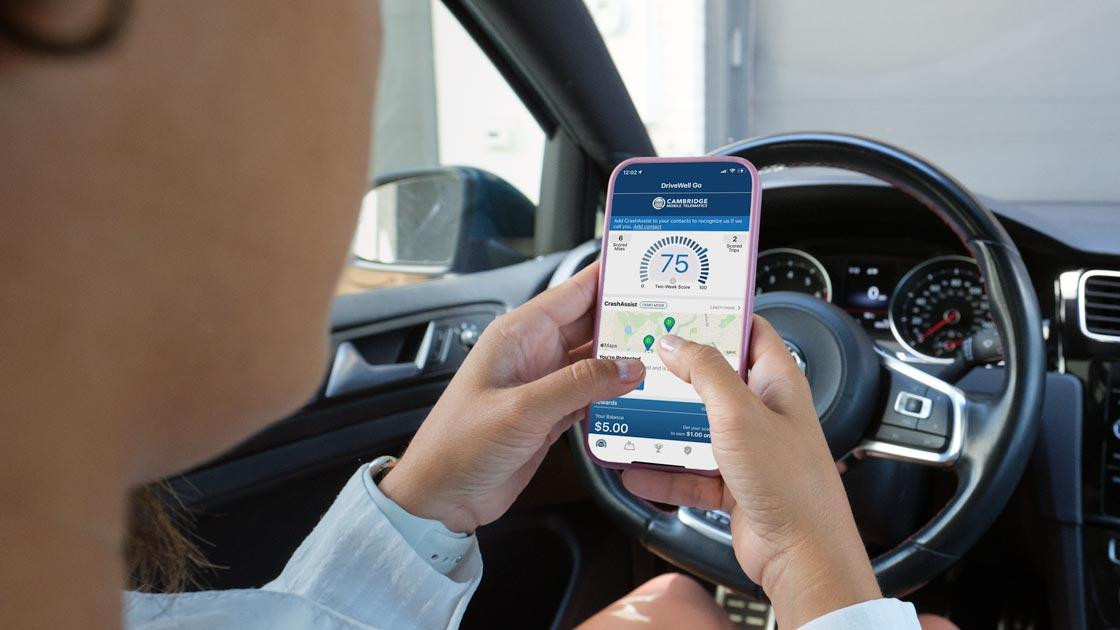The increasing adoption of safe-driving telematics applications is poised to revolutionize road safety research, offering unprecedented data depth that could indirectly reshape collision repair shop management by influencing crash prevention, vehicle design and even insurer relations, according to a report from the Insurance Institute for Highway Safety (IIHS).
These apps, which gather real-time data on driver behavior, are providing researchers with granular insights into driving habits, cellphone distraction and speeding that traditional data sources cannot match. This new frontier in data collection is expected to lead to more precise studies of policy and infrastructure changes, and potentially new safety interventions, ultimately impacting the frequency and nature of collision repairs.
Unlike conventional crash reports, insurance claims or observational studies, telematics data offers continuous, context-rich information about driver actions throughout an entire trip, including the critical moments preceding a collision.
This “high-resolution” information, as described by the IIHS, allows researchers to pinpoint specific road segments or intersections for study, and to evaluate the impact of interventions both before and after their implementation. For collision repair shops, a reduction in the overall number of crashes, or a shift in the types of crashes due to improved safety, could necessitate adjustments in business strategy, from parts inventory to specialized training.
Telematics: A New Lens on Driver Behavior
Safe-driving apps collect data from users' smartphones or vehicle-affixed tags, tracking parameters such as speed, aggressive acceleration, hard braking and phone usage, including handheld calls and device manipulation. This level of detail was previously unattainable.
For instance, an early IIHS study leveraging telematics data revealed that drivers were using their phones during more than 3% of their trip duration, with 1% spent on handheld calls and 2% on texting or manipulating devices. This contrasts sharply with roadside observation studies, which only capture a snapshot of phone use at a single moment and location.
The anonymized and aggregated nature of telematics data protects user privacy while still providing researchers with a vast pool of information. While telematics data collection is relatively recent and currently limited to opt-in drivers, its potential is undeniable. For collision repairers, a deeper understanding of driver behavior can inform discussions with insurers about accident liability and contribute to a more nuanced approach to risk assessment.
Impact on Crash Prevention and Repair Volume
Telematics-driven research promises to inform and potentially alter driver behavior, thereby reducing crash frequency and severity. A recent study by the AAA Foundation found that feedback and monetary incentives from safe-driving apps led to reductions of up to 13% in speeding, 21% in hard braking, and 25% in rapid acceleration. Such widespread behavioral shifts could lead to a decrease in collision volume.
Moreover, telematics data can identify locations where dangerous driving is most common, allowing communities to proactively install or enhance infrastructure before crashes spike. This preventative approach, while beneficial for public safety, directly impacts the demand for collision repair services. Shops may need to diversify their offerings or adapt to a landscape where fewer, but potentially more complex, repairs are the norm, especially as ADAS become more prevalent in vehicles.
ADAS and Telematics: A Converging Future
The integration of telematics with ADAS technologies presents another critical area for collision repair shops. As vehicles become increasingly equipped with sophisticated sensors and cameras designed to prevent accidents, the data collected by telematics apps can provide invaluable real-world insights into the effectiveness and limitations of these systems. For example, telematics could help quantify the underreporting of cellphone use as a factor in police-reported crashes, or investigate the relationship between cellphone use and speeding in ADAS-equipped vehicles.
Understanding how drivers interact with ADAS features, especially under distracted conditions, is crucial for repair shops. Repairs to ADAS components often require specialized training, expensive calibration equipment, and significant diagnostic time, all of which impact shop profitability and workflow. If telematics data leads to a better understanding of ADAS performance in real-world scenarios, it could influence future vehicle design, repair procedures and even insurance premiums related to ADAS-equipped vehicles.
Policy and Infrastructure Insights
Telematics data is already influencing policy discussions. An upcoming IIHS study, for instance, will use telematics data to evaluate the effect of Arizona’s 2019 law banning drivers from holding or manipulating a wireless device. Such research can directly inform future legislation regarding distracted driving, speed limits and other road safety initiatives. For collision repairers, a shift in traffic laws or infrastructure could alter common accident scenarios, influencing the types of damage encountered and the repair methodologies required.













